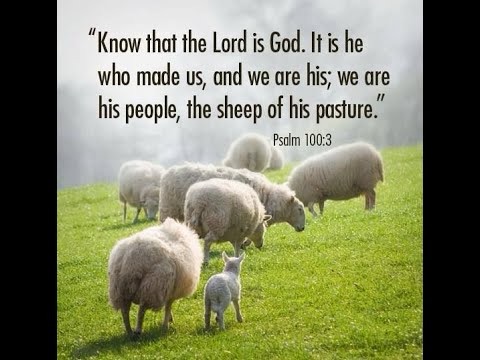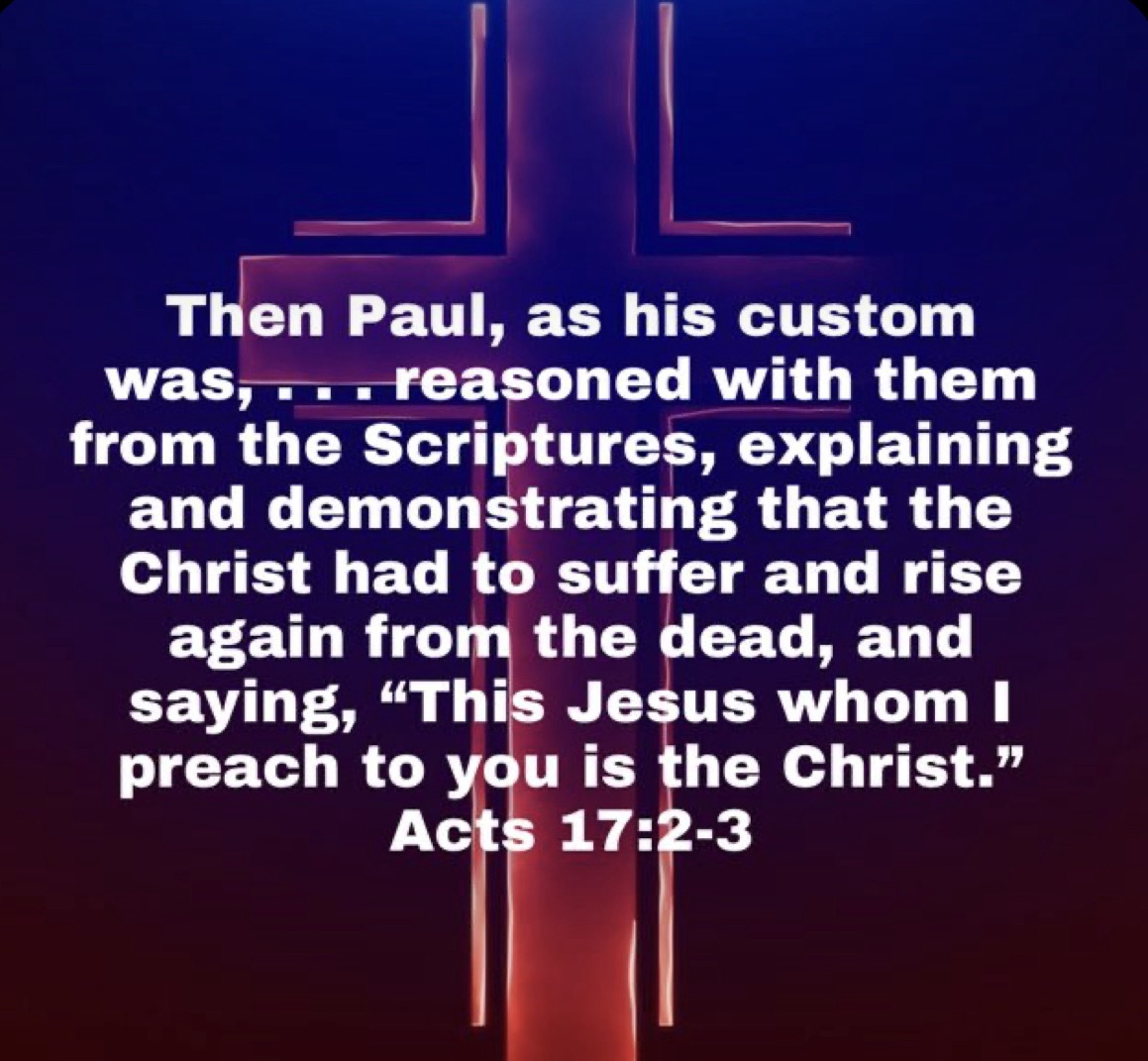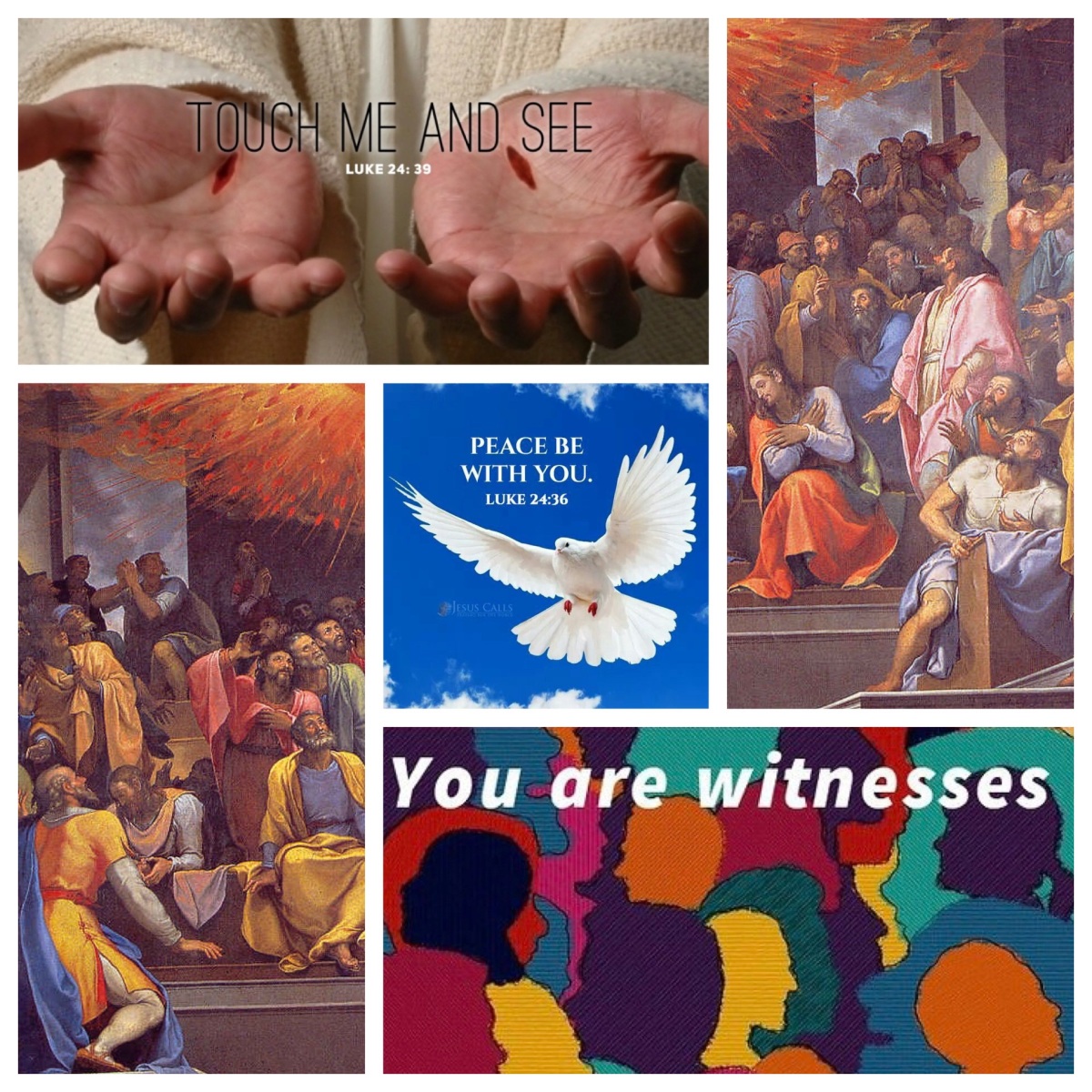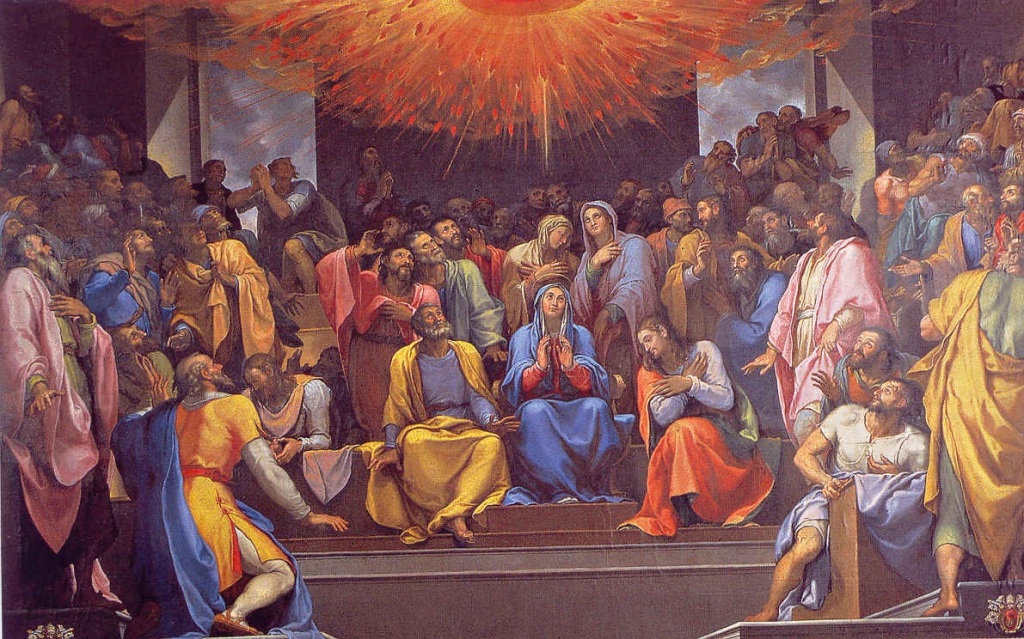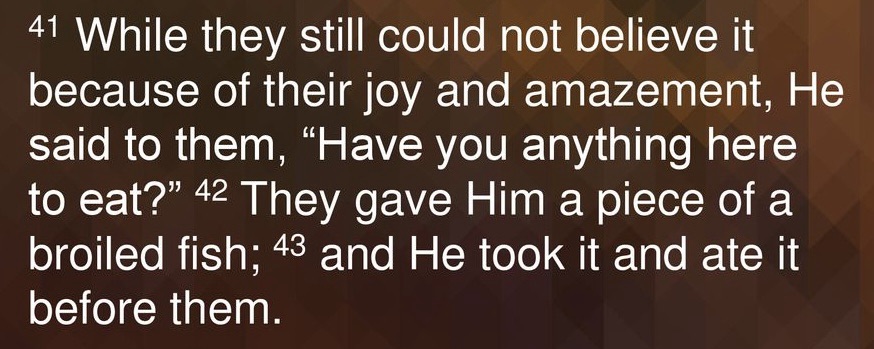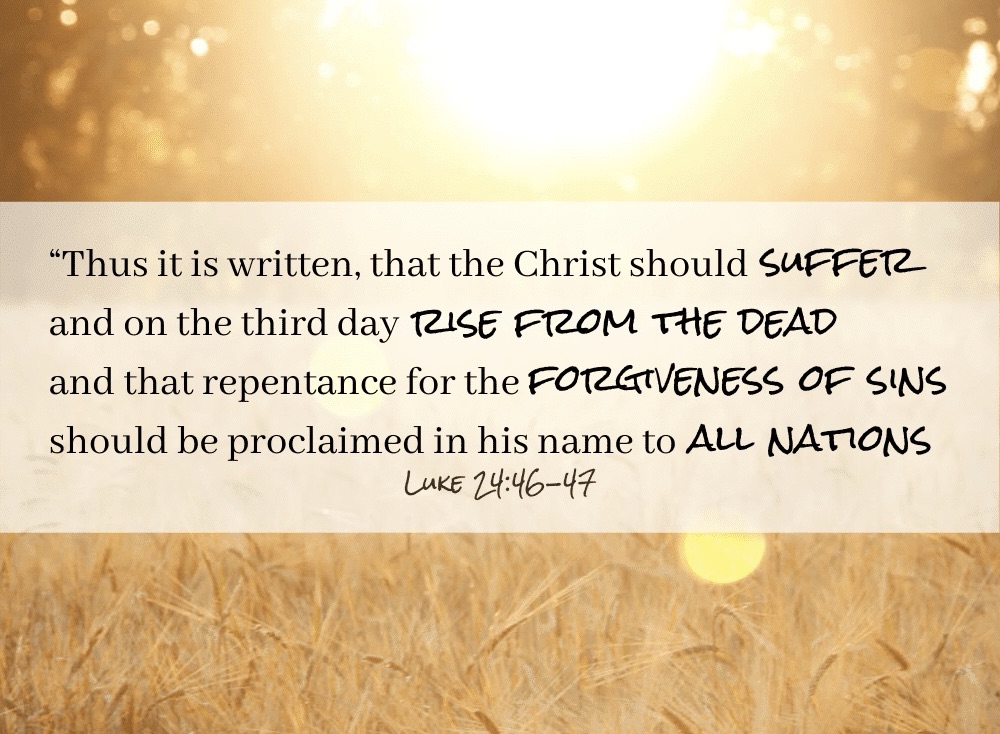The Gospel passage that the lectionary designates for reading this coming Sunday (John 15:9–17) continues from the passage we heard last Sunday, where Jesus uses traditional imagery (the vine and the branches) to describe the relationship he has with his disciples (John 15:1–8).
Jesus then continues with the instruction to his disciples, “as the Father has loved me, so I have loved you; abide in my love” (15:9), continuing with the injunction, “if you keep my commandments, you will abide in my love, just as I have kept my Father’s commandments and abide in his love” (15:10).

This references the earlier words of Jesus, where he gave his followers “a new commandment”, namely, “that you love one another” (13:34). This command to “love one another” is a striking element in this Gospel. It is one of the very few places where Jesus gives direct instructions about the kind of behaviour that is expected of his followers.
Unlike what we find in the Synoptic Gospels, in this Gospel there is very little in the way of explicit ethical instruction. The focus is much more on the revelatory task that Jesus undertakes, as “the one who comes from heaven” (3:31; 6:38) to declare “the truth” (8:45; 14:6; 18:37), to “speak plainly of the Father” (16:25), to “make known everything that I have heard from my Father” (15:15), to glorify the Father (17:1–5).
The task of Jesus is to teach the people (7:14–16; 8:2) and so he is regularly addressed as Teacher (1:38; 3:2; 8:4; 11:28; 13:13–14; 20:16). Indeed, in this Gospel, Jesus is no less than The Authoritative Teacher, revealing God to those who have already been chosen (13:18; 15:19).
Consequently, the basic position with regard to ethics is that those who know Jesus, will do as God wills (13:35; 14:7). As for those who do not know him, they are condemned to the darkness (3:19; 12:35). As a result, it would seem that there is no urgency about instructing believers how to behave; for they will surely know what to do.
Rather than providing believers with guidelines and resources for living faithfully in the world, the Johannine Jesus assures his followers, “I have chosen you out of the world” (15:19). They will know how they are to live, what they are to do, because they have been chosen by him and consequently equipped by him.

John offers a number of images which offer glimpses into how the central quality of love is made possible. One of these is the image of the vine and the branches (15:1–11). Here, Jesus portrays the foundations of ethical awareness; because believers abide in the Son, he is then able to bear fruit in their lives and “become my disciples” (15:8). So, love is made possible for those who believe, because they abide in the love of Jesus (15:10).
The commandment is repeated in verse 12: “this is my commandment, that you love one another as I have loved you”, and then is further explained with reference to Jesus’ own act of self-sacrifice: “no one has greater love than this, to lay down one’s life for one’s friends” (15:13). The commandment is then repeated once more at the end of this section: “I am giving you these commands so that you may love one another” (15:17).
“You are my friends”, Jesus says, “if you do what I command you” (15:14). He tells his disciples, “I do not call you servants any longer, because the servant does not know what the master is doing; but I have called you friends” (15:15). Where does this valuing of friendship come from?

Friendship is in view in only fleeting scenes throughout the Law and the Prophets. More important is the sense of being bound to the covenant which God has made with the people of Israel. In the Wisdom literature, however, friendship is highly valued. “Some friends play at friendship”, one of the proverbs begins, “but a true friend sticks closer than one’s nearest kin” (Prov 18:24).
Solomon is attributed with these words in one of his hymns in praise of Wisdom: “in every generation she [Wisdom] passes into holy souls and makes them friends of God, and prophets; for God loves nothing so much as the person who lives with wisdom” (Wisd Sol 7:27–28). Perhaps these words have somehow influenced the author of John’s Gospel, moving him to shape the words he attributes to Jesus in this part of his farewell discourse?
Ben Sirach offers praise to true friends: “Faithful friends are a sturdy shelter; whoever finds one has found a treasure. Faithful friends are beyond price; no amount can balance their worth. Faithful friends are life-saving medicine; and those who fear the Lord will find them.” (Sir 6:14–16). In subsequent Jewish literature written during the Hellenistic period, when Greek culture and language was dominant, friendship is referenced far more often (35 times in 1–2 Maccabees, 13 times in 3–4 Maccabees, 7 times in 1–2 Esdras).
This could well be because, in Greek literature stretching back many centuries, friendship is highly valued. Two traditional Greek proverbs about friendship, “friends have one soul” and “the goods of friends are common property”, had appeared in Greek writings since the time of Aristotle (Aristotle, Nicomedian Ethics 9.8.2; Cicero, De officiis 1.16.51; Plutarch, On Brotherly Love 490E, How to Tell a Flatterer 65A and On Having Many Friends 96E; Iamblichus, Life of Pythagoras 65A; Dio Chrysostom Oration 34.20; Diogenes Laertius Lives of Eminent Philosophers 5.20, 8.10).
The Jewish monastic community of Essenes were described in a similar way by Philo, Every Good Man is Free 85, and Josephus, Jewish War 2 §122. It was a common trope, known to hellenised Jews. Various scholars throughout the 20th century have proposed that there are a number of signs of hellenistic influence on the final author of John’s Gospel—who was not the beloved disciple of Jesus, John, but a person writing late in the first century in a community where Greek was spoken.
And so this writer’s attribution to Jesus, the Jewish prophet, of a concept highly valued in the hellenised world, is not surprising. It’s one of many signs of the contextualisation of the Gospel that was taking place even within the earliest documents in the first century of the Common Era.

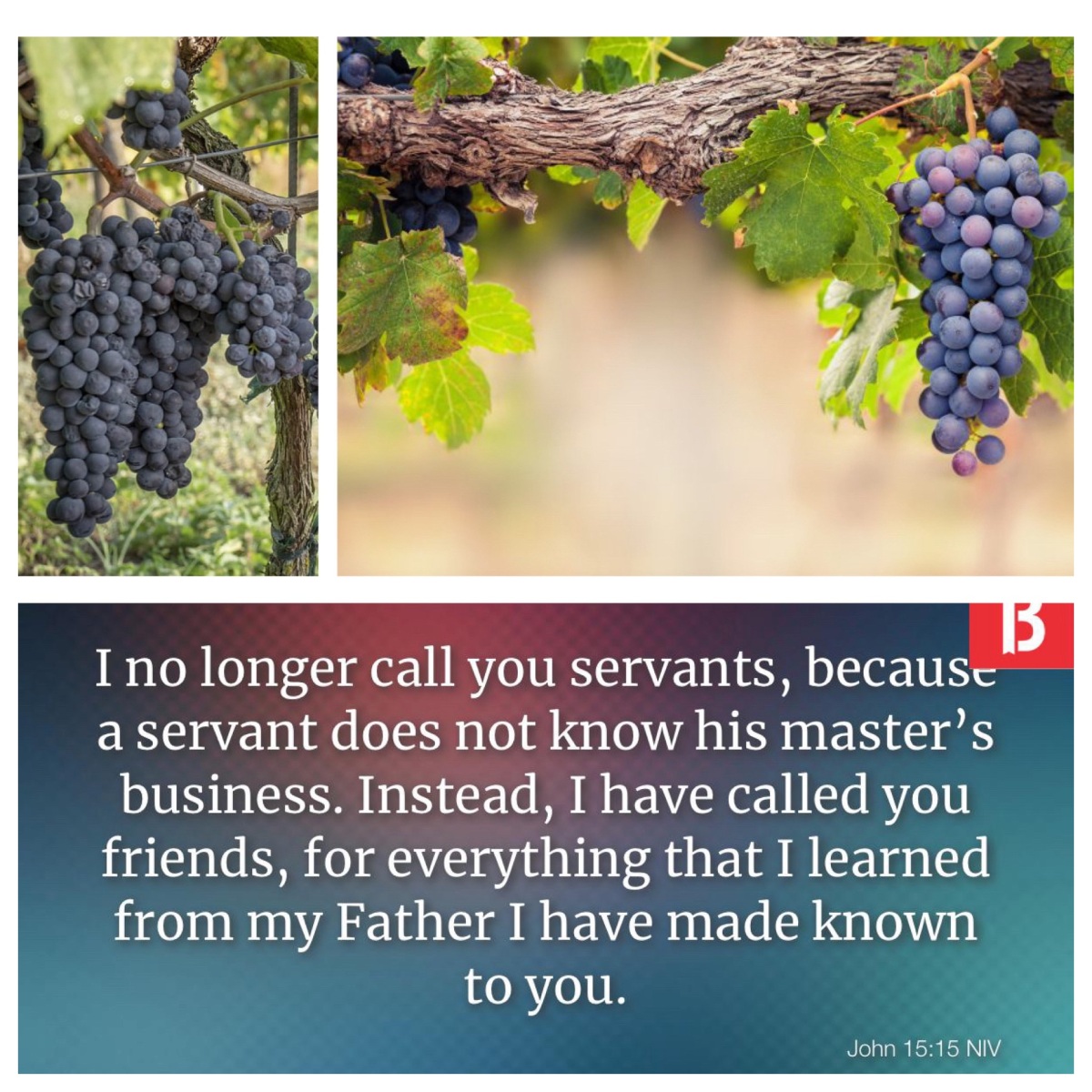
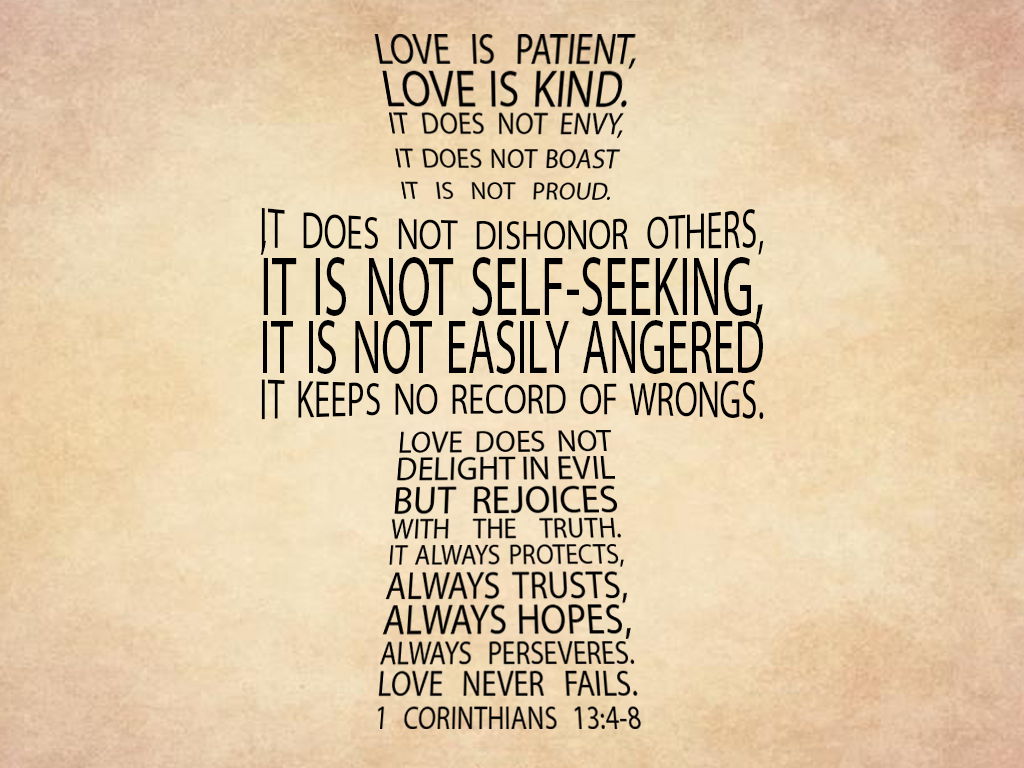







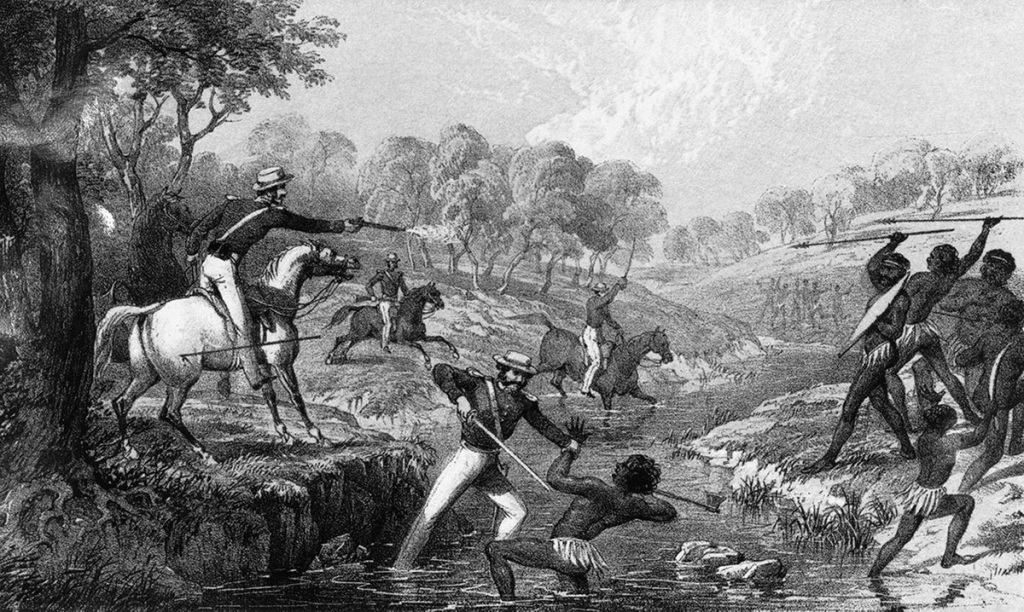

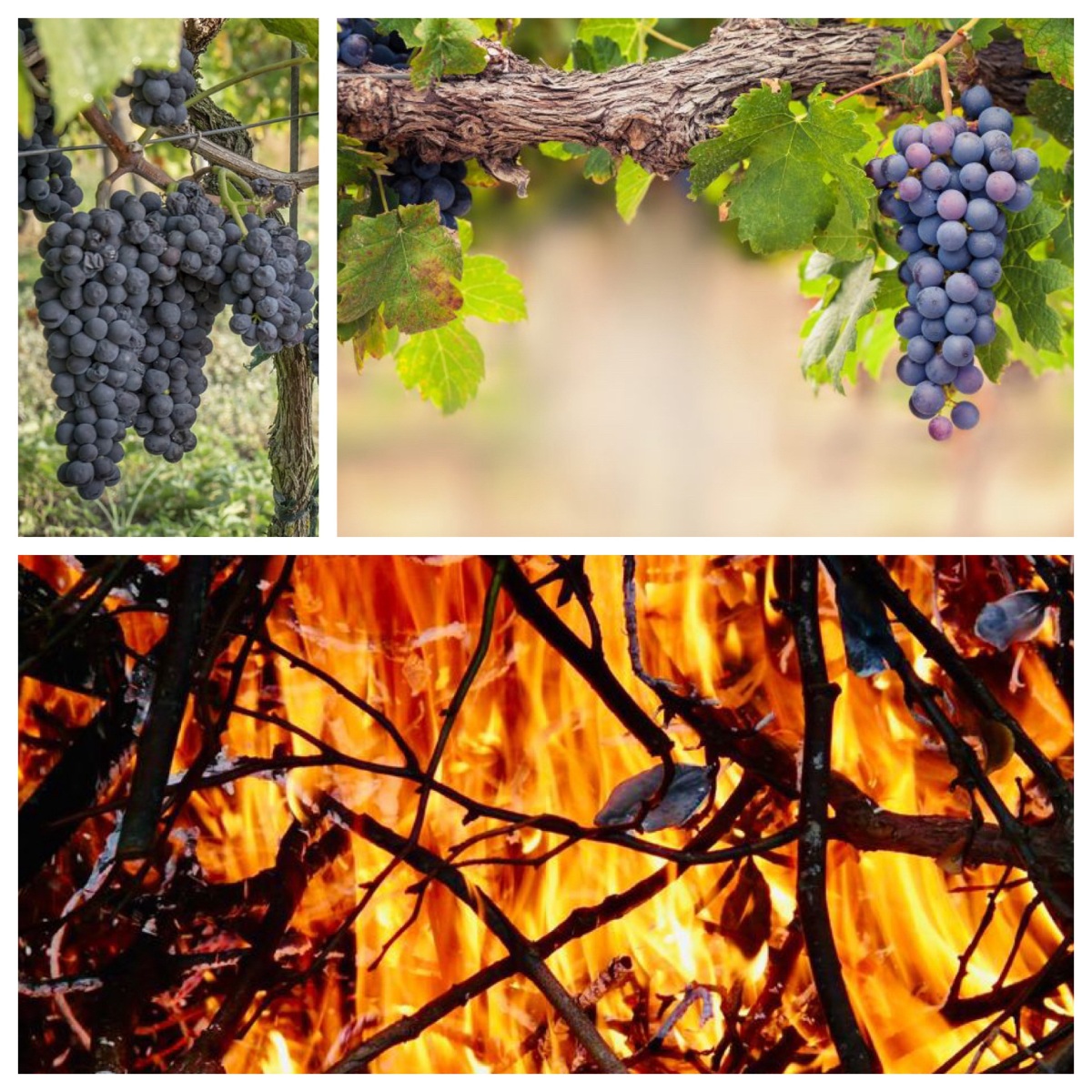




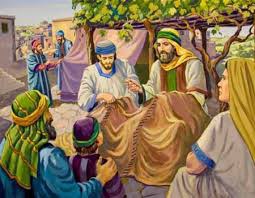





![I am the good shepherd [who] lays down his life for the sheep (John 10; Easter 4B)](https://johntsquires.files.wordpress.com/2024/04/img_4491-1.jpg?w=1200)

